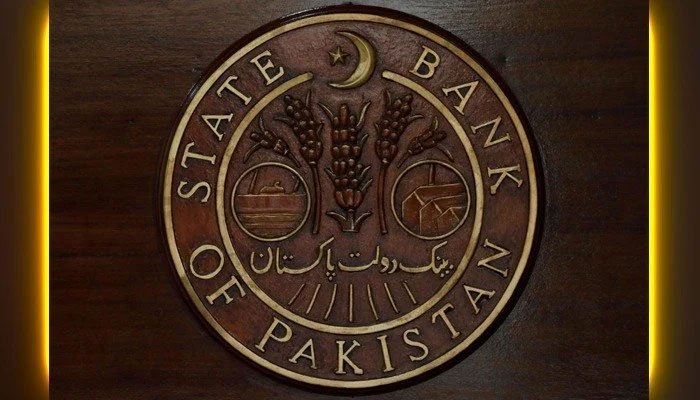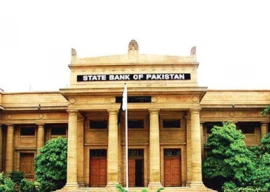
In line with market expectations, Pakistan's central bank has left its key policy rate unchanged at a record high of 22% for the seventh consecutive time in the past 10 months, ahead of the IMF executive board's final approval for the release of the last tranche of $1.1 billion on Monday.
The country has also initiated negotiations to secure a new IMF loan package of $6-8 billion for three years after the completion of the current one in April 2024.
Additionally, the crisis in the Middle East has the potential to cause a spike in energy prices in global markets. This may lead to a resurgence of imported inflation in the country, nullifying the recent efforts to decelerate inflation through maintaining a tight monetary policy for over three years now.
Read more: SBP buys dollars to offset shortfall
It is anticipated that the inflation rate will decrease to around 17% for April 2024 from 20.7% in the previous month of March, having peaked at 38% in May 2023. Consequently, the real interest rate turned positive in March by 1.3 percentage points, with further improvement expected in April.
"The MPC (monetary policy committee) observed that the level of inflation remains high. Simultaneously, global commodity prices seem to have bottomed out amidst resilient global growth. Recent geopolitical events have also introduced uncertainty regarding their outlook. Furthermore, upcoming budgetary measures may impact the near-term inflation outlook,” State Bank of Pakistan (SBP) stated in its monetary policy statement
Since its last meeting held in mid-March 2024, the MPC noted key developments. First, data for the first half of FY24 suggests that economic activity is recovering at a moderate pace, led by a strong rebound in the agriculture sector.
Also read: PSX surges once again, crosses 73,000 points
Second, the current account recorded a significant surplus in March 2024, which helped to stabilise the SBP’s foreign exchange reserves despite substantial debt repayments and weak financial inflows.
Third, inflation expectations of consumers increased slightly in April 2024, while those for businesses declined. Lastly, leading central banks, particularly in advanced economies, have adopted a cautious policy stance after noticing some slowdown in the pace of disinflation in recent months.
Incoming data continues to support the MPC’s earlier expectation of a moderate recovery in this fiscal year, with real GDP growth projected to remain in the range of 2 to 3%.
The agriculture sector remains the key driver, with robust growth of 6.8% in the first half of FY24, supported by a significant increase in rice, cotton, maize, and wheat harvests, according to the latest official estimates.
In the industrial sector, large-scale manufacturing reported a 0.5% decline in July-February FY24 compared to a 4% contraction recorded in the same period last year.
Regarding the services sector, the committee noted that growth in the first half of the year was slightly lower than expected, reflecting the impact of subdued demand.
Based on relatively improved capacity utilisation and business sentiments, as well as a low base effect from last year, the MPC expects value addition from the manufacturing and services sectors to recover in the coming months.



















COMMENTS
Comments are moderated and generally will be posted if they are on-topic and not abusive.
For more information, please see our Comments FAQ